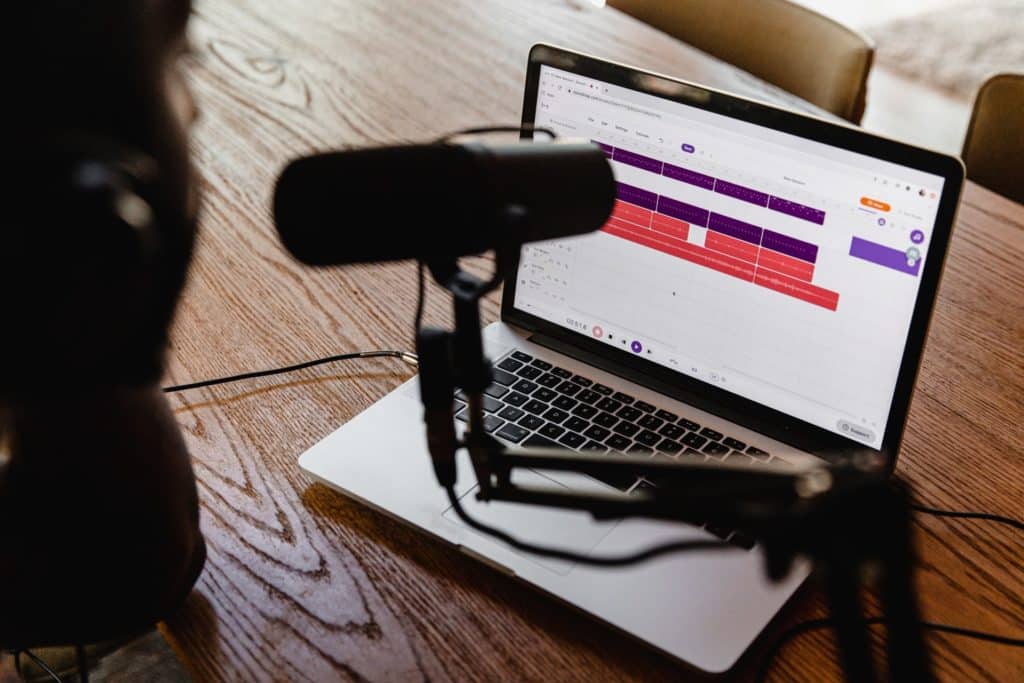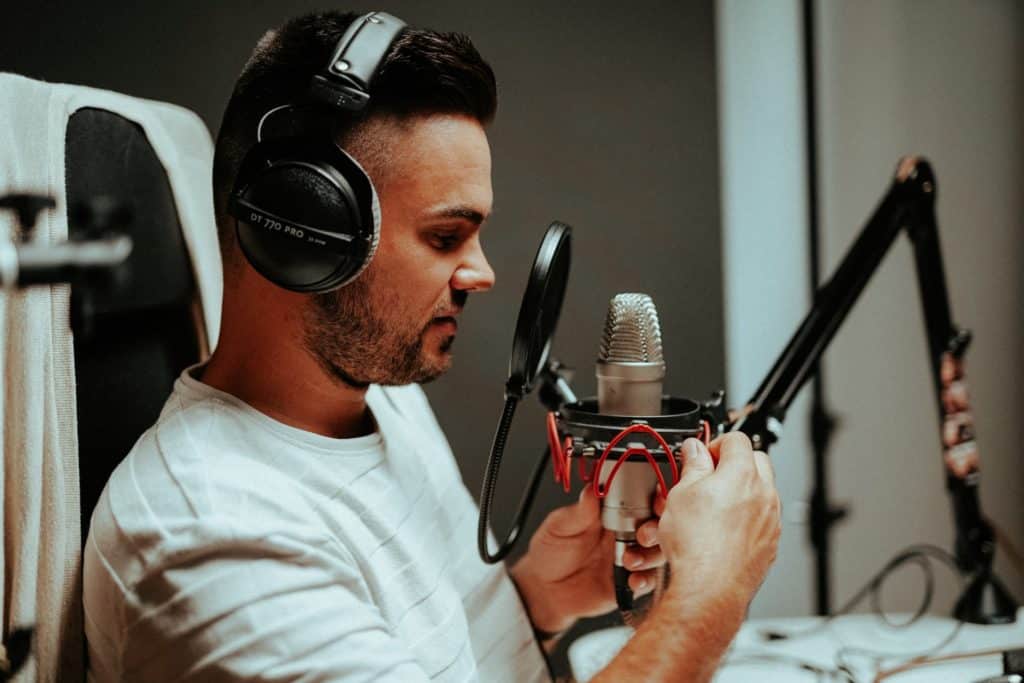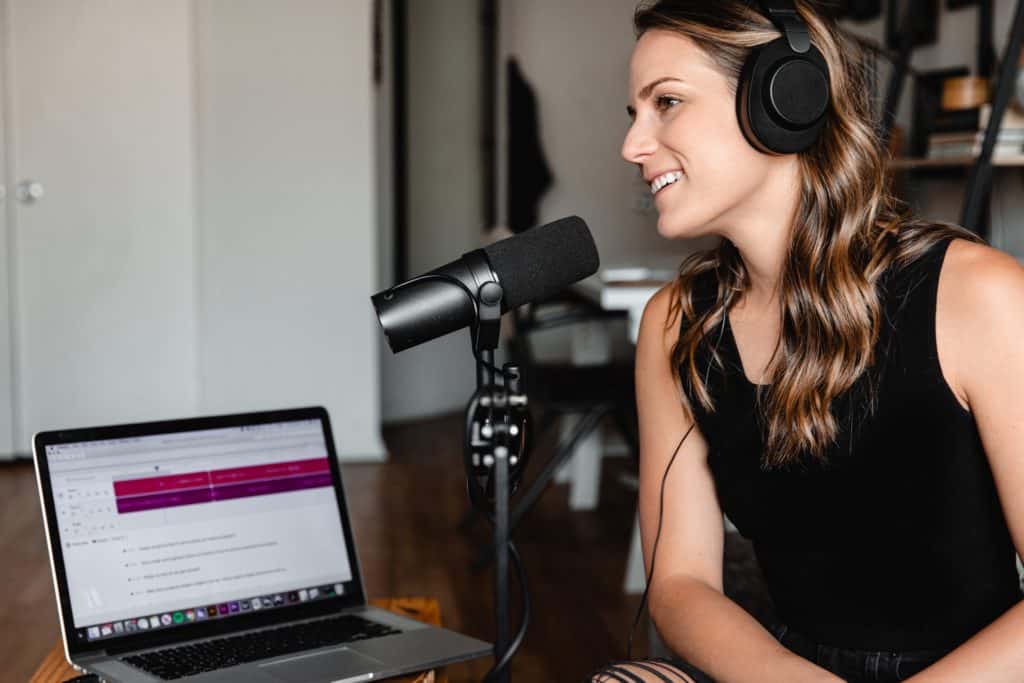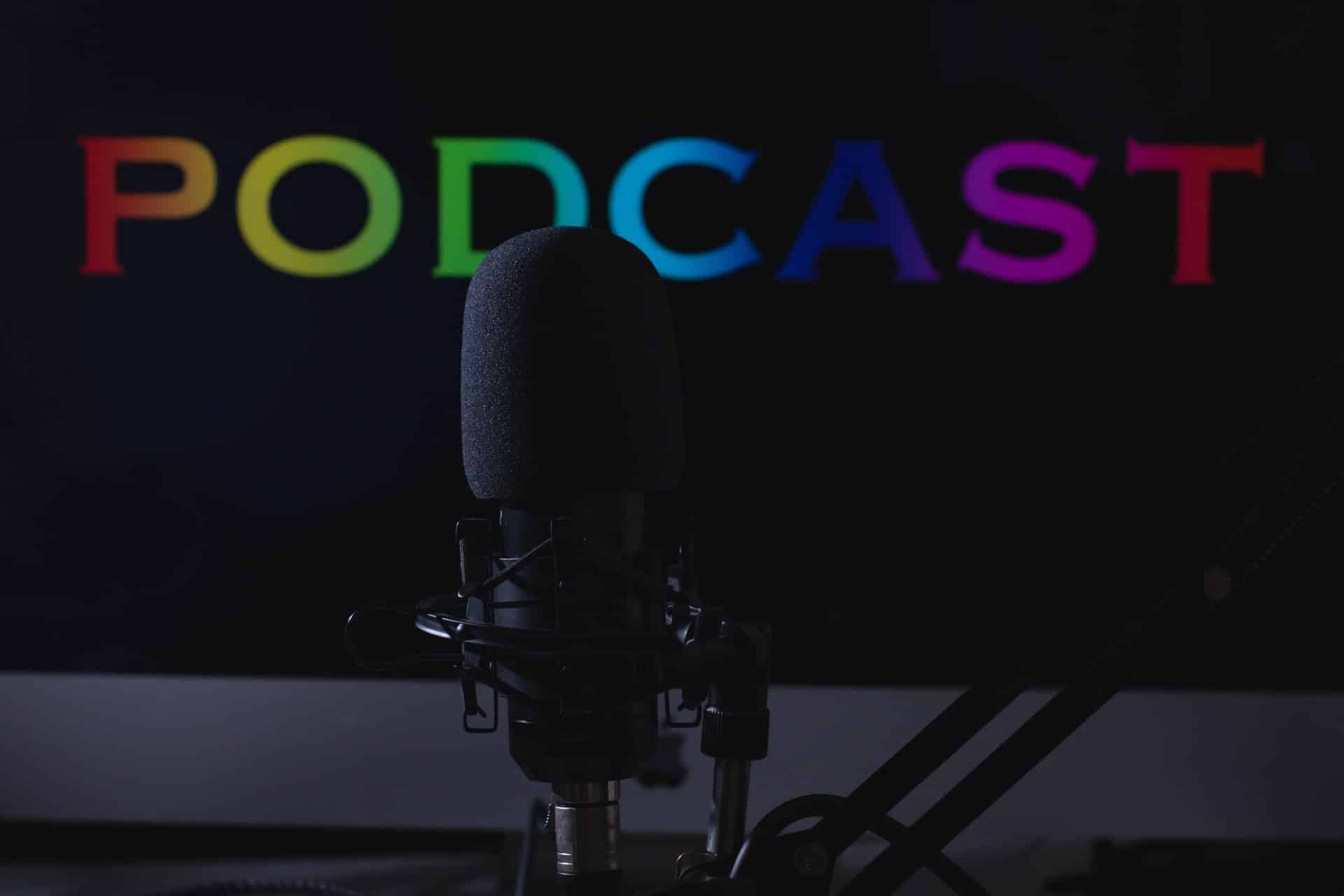These days it seems like everyone has a podcast- and with good reason. Podcast audiences are growing worldwide, with hundreds of millions of people tuning in while driving, cooking, cleaning, or just to listen to their favorite programs. In fact, about 70% of Americans listen to at least one podcast. The average time people spend listening is also impressive at more than seven hours a week. However, it’s worth pointing out that the audience extends beyond listeners, which is why podcast transcription is a vital part of creating these programs.
If you’re already producing podcasts or considering starting one, you should think about transcribing that program. Not only does offering a podcase transcript online make for a broader audience, but it also improves accessibility and can even avoid legal complications. If you’re not yet convinced of the power of podcasts or podcast transcription, here are some reasons to get on board.
Podcast Transcription Table of Contents:
- What is podcast transcription?
- Should you transcribe your podcast?
- How long does it take to transcribe a podcast?
- How do I transcribe a podcast?
- How much do podcast transcripts cost?
- Can I use free ASR for podcast transcription?
- What you should know about video podcasts

What is podcast transcription?
When you transcribe a podcast to text, you create a verbatim written version of the dialogue. Word-for-word transcription often involves professional transcribers who convert podcast audio to text. If there are multiple speakers, the transcript should identify who is speaking to make the document clear for readers.
While you could type the audio files yourself, the process is long and arduous, and the resulting files won’t be optimal for your audience. For this reason and others, top podcast producers engage a professional podcast transcription service to create high-quality transcripts. As a result, if your audience accesses an Apple podcast transcript, Spotify podcast transcript or text on another leading platform, they’ll often receive professional, accurate versions of the program that provide the same information as the original audio.
Should you transcribe your podcast?
Yes, you should absolutely transcribe your podcast. There are many potential audience members who need a podcast transcript and more who prefer this format over listening to a program. Here are three reasons why podcast transcription services are valuable to audience members and the business or individuals creating the program.
1: Ensure accessibility (and avoid lawsuits)
Around one out of every 20 Americans is Deaf or hard of hearing. That translates to about 10,000,000 people who are hard of hearing and another million who identify as Deaf. For these potential audience members, transcripts might be the best or only way for them to enjoy your podcast. However, millions of other people prefer using a transcript for other reasons.
Various learning styles may impact how a person chooses to engage with a podcast, and some people just enjoy reading the content rather than listening. As a result, using podcast transcription software or enlisting the services of a professional transcription company improves accessibility and increases your pool of potential listeners and subscribers. There is no reason to exclude anyone if attracting and growing your audience is your goal.
Clearly, converting your podcast to text is the right thing to do, but it will also help you avoid legal issues. Recently, several top podcast platforms, including SiriusXM and Pandora, faced lawsuits for neglecting to offer transcripts. When it comes to potential litigation risks, a proactive approach is better than a reactive one.
2: Boost SEO and attract more attention with podcast transcripts
Search engine optimization (SEO) can help you improve your podcast’s performance on Google and other search engines. Unfortunately, search engines can’t crawl the audio content effectively. However, when you transcribe podcast content it can boost your search engine ranking.
If you have a podcast on a particular topic or that promotes your business, the transcript’s content improves your SEO and helps more interested listeners find your program. This perk is particularly helpful for marketing podcasts where you’re trying to gain brand awareness.
3: Create a useful resource
Podcast transcripts aren’t just useful to your audience- they can help you and your team as well. Marketing professionals can take your podcast transcript and turn it into other content, such as blogs or interview pieces. It’s also easier to find and pull quotes and snippets from transcripts that you can post on social media to get more attention and traffic on your site and for your podcast.
Searchable transcripts, like the ones Verbit produces, are particularly helpful for these purposes. Not only can you quickly find the part of the transcript you need, but Verbit also matches up the audio and text files. With these interactive transcripts, you can search the text and jump to the relevant part of the audio to listen at the same time.

How long does it take to transcribe a podcast?
Manually transcribing a podcast is a time-consuming and challenging process. According to professional transcribers, it takes an average of four hours to transcribe one hour of audio content. However, even with a professional podcast transcriber, it can take up to ten hours for one hour of audio content. The time varies significantly based on the quality of and content within an audio file. Also, professional transcriptionists are far faster at generating a transcript than those who never trained to perform this task.
Verbit makes the process quicker by combining artificial intelligence and professional human transcribers to optimize both speed and accuracy. For live broadcasts, Verbit offers real-time podcast transcription services. In cases where the audio file already exists, Verbit can provide a transcript within hours.
How do I transcribe a podcast?
Manually transcribing a podcast would require listening to the audio and typing out each word. Because most people can’t type as fast as they talk, the process often means repeatedly rewinding the audio file to catch up.
If you want to know how to convert a podcast to text more efficiently, consider enlisting the support of a professional. With Verbit, you can save yourself the trouble of this labor-intensive process, and simply upload your audio file and receive a completed transcript. In fact, Verbit offers integrations with various popular platforms, so getting a podcast transcript is easy and fast. You also can choose your preferred file format to ensure that the transcript meets your individual needs.
How much do podcast transcripts cost?
The cost to transcribe a podcast varies depending on the specific services and volume involved. However, outsourcing this task often saves so much on workforce costs that it ends up being less expensive than in-house transcription.
Can I use free ASR for podcast transcription?
It might be tempting to try free automatic speech recognition software (ASR) rather than using a professional service. Unfortunately, a free podcast transcript generator is likely to produce highly inaccurate results. In fact, using free ASR resulted in accessibility lawsuits in some cases because the text doesn’t offer an equitable or even useful service for those who rely on transcripts or captions. When it comes to using AI for podcast transcription, it’s best to keep a layer of human editing in the mix.
Verbit understands that podcast transcription software is only one part of the solution. Providing an accurate, useful transcript requires a human touch. Implementing technology and human professionals in concert allows Verbit to provide industry-leading turnaround times without sacrificing accuracy.
Additionally, with a professional transcription company, you can prepare the software so that you get better results, even from the AI. For instance, if you use a podcast script, you can submit that in advance to improve the transcript by having names, unique language and other information available to the transcriber or transcription company before you record.

What you should know about video podcasts
Many popular podcast producers promote video versions of their podcasts. Creating video podcasts offers several advantages. For instance, you can post on YouTube, which is the second-largest search engine after Google. Additionally, the more possibilities you offer for engaging with your podcast, the easier it will be to grow your audience.
Podcast videos may use various formats, including the following three options.
Static image video podcasts
A static image podcast is just the audio file playing with a background image. This is by far the simplest way to create a video podcast. Still, even this minimalist approach will allow you to post your podcast on YouTube, greatly increasing your potential exposure. The popular podcast Business Wars uses a variation on this with a simple graphic that repeats almost like a screen saver.
Interview podcast video
If you can video the speakers while they’re making the podcast, you create another way to engage with the audience. Being able to see the host and guests can make listeners feel more connected. This format may also allow you to build trust with your listeners. The Joe Rogan Experience, arguably the most popular podcast of all, uses this format for its YouTube videos.
Imagery and animation
Some podcast videos may include visuals that producers add after the recording to illustrate the concepts in each episode. The video could be scrolling images, photographs, charts or animation. The podcast Startups for the Rest of Us animated a sequence from one of its episodes. The clip is a great example of the possibilities that this format offers podcast producers.
Other times, people include a video of them speaking. In that case, you’ll also need video recording software for podcast production. For instance, tools like Vimeo offer AI podcast video editor solutions that can help you create professional visuals to accompany your audio recording. Fortunately, Verbit’s integrations with software like Vimeo make it easier to improve accessibility while completing video editing for podcast production that results in professional quality results.
While you still need to provide podcast transcripts for your video podcasts, you should also add captions. Captions are different from transcripts because they appear on the screen and follow along with the audio in a video. Like transcripts, captions are a necessary accessibility tool that offers people who are Deaf and hard of hearing an equitable opportunity to enjoy your podcast.
Also, considering how many people now watch videos without the sound on, providing captions to your video podcasts is a must. By using Verbit’s real-time captioning option, you can extend this accessibility solution to your live streaming podcasts.
Verbit’s podcast transcription services make it easy to offer accessible content and grow your audience. Contact us to learn how our transcription and captioning solutions can support your podcast production.




